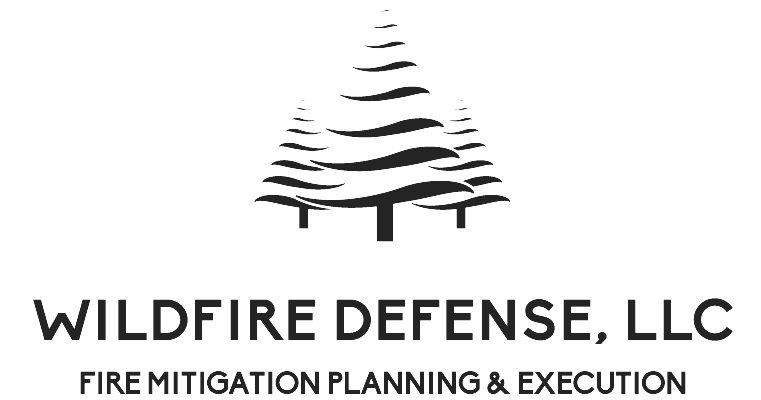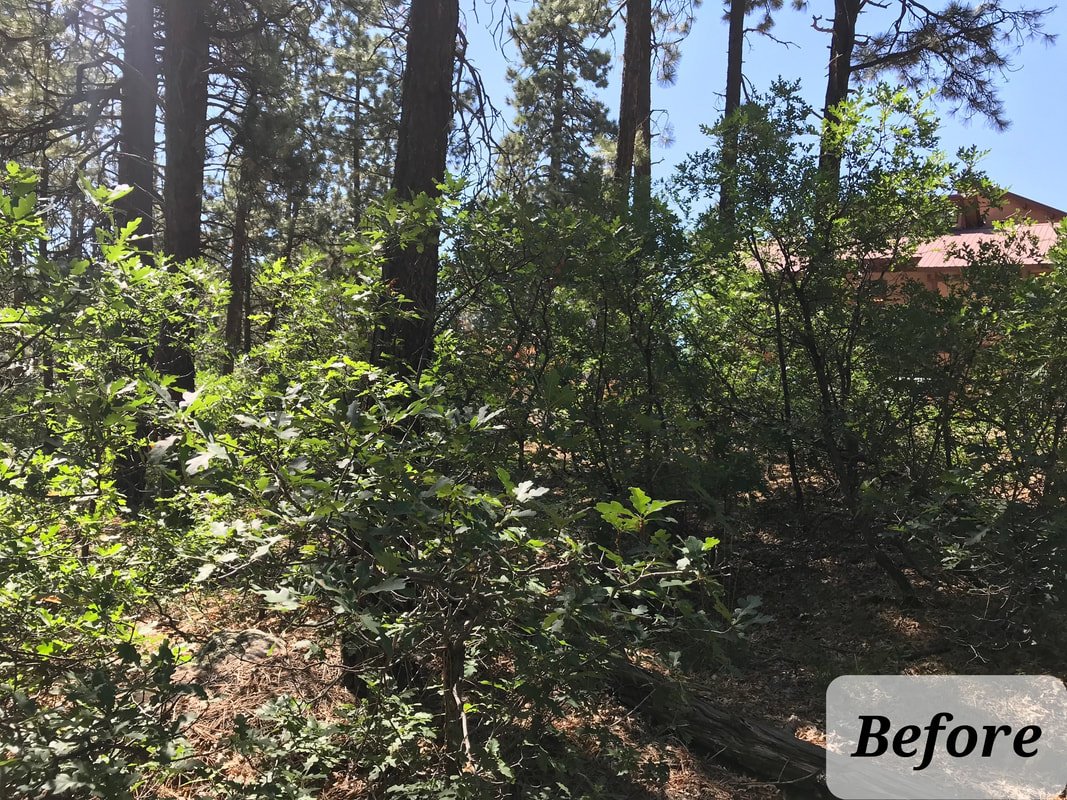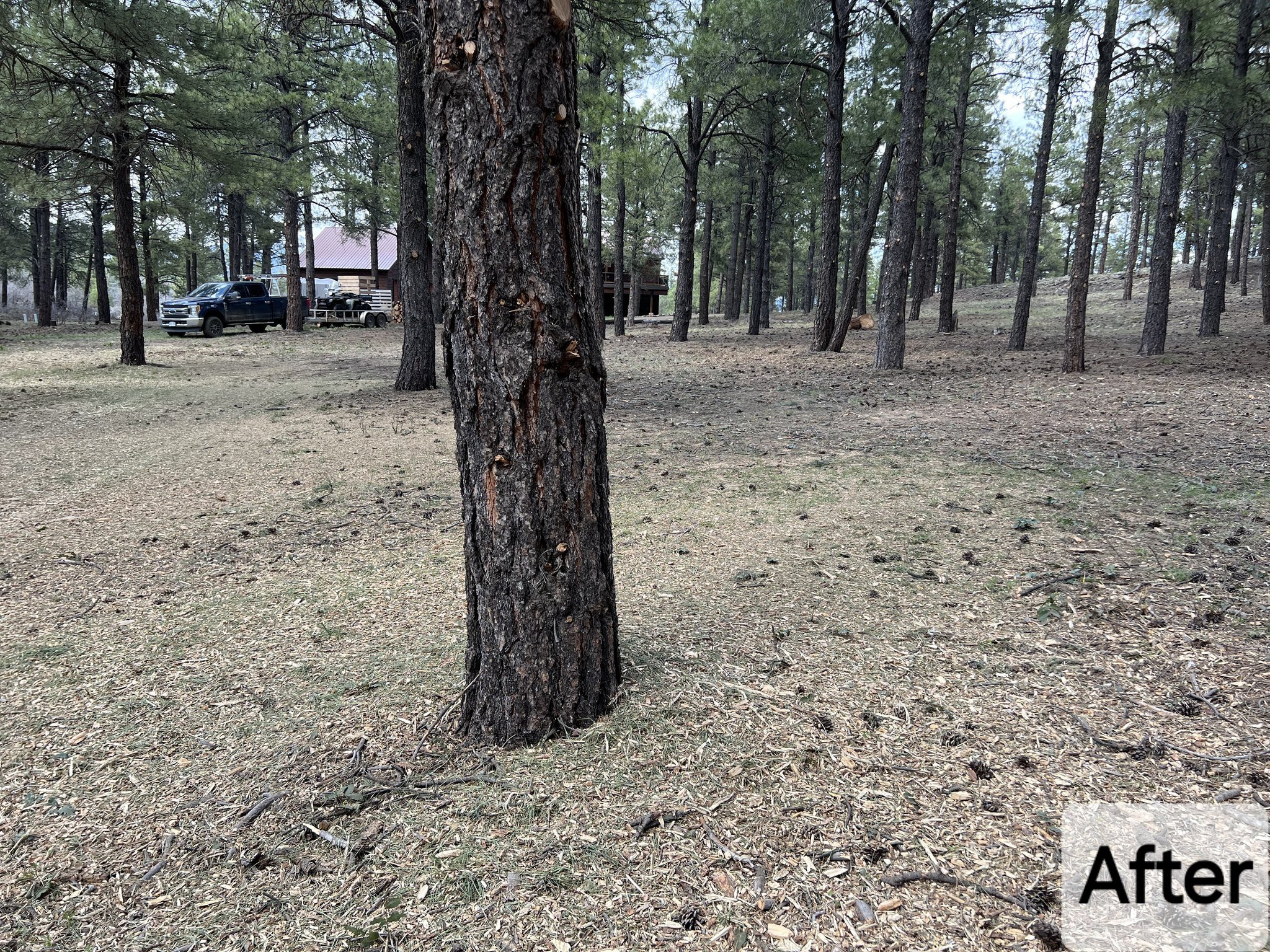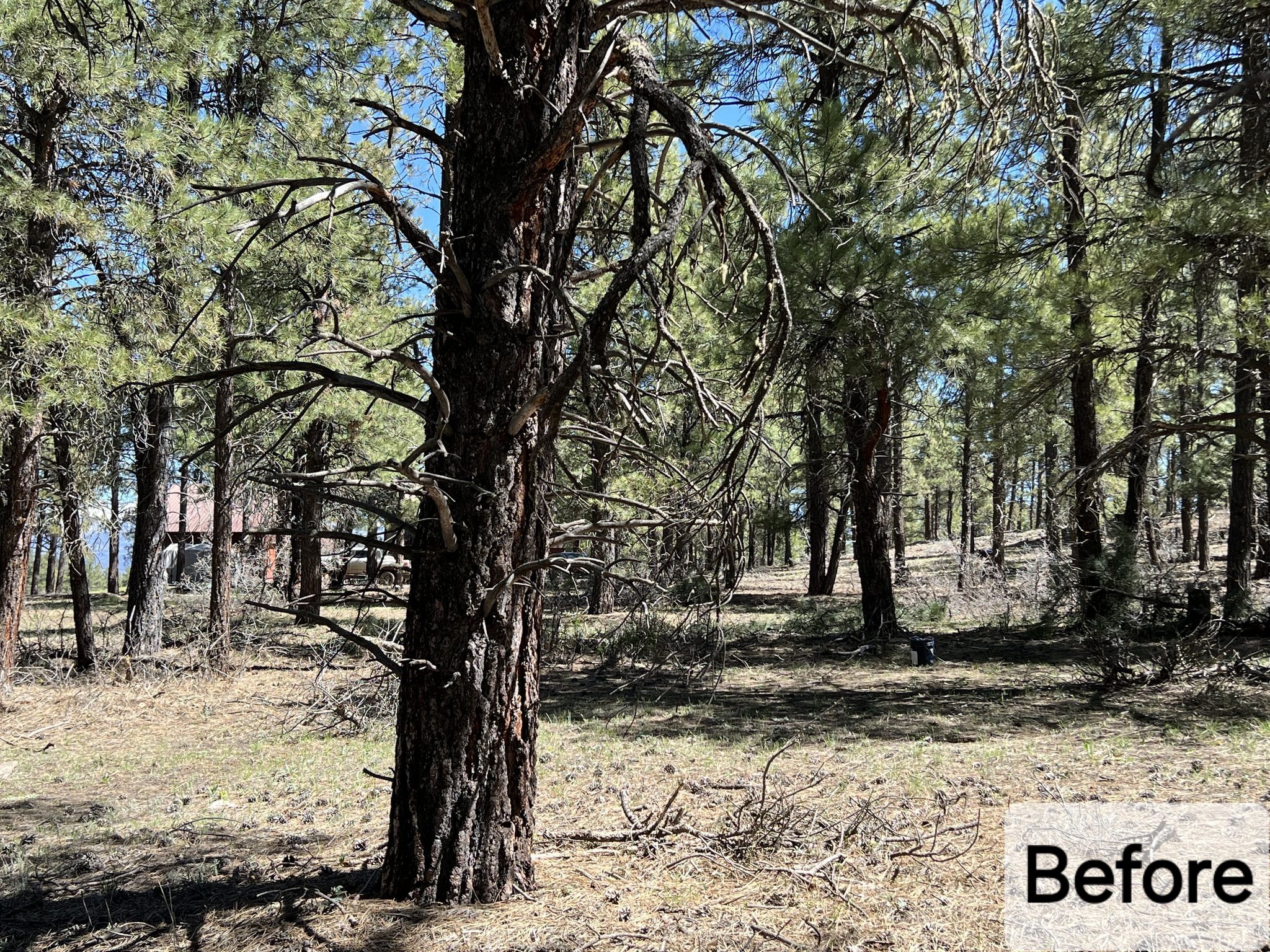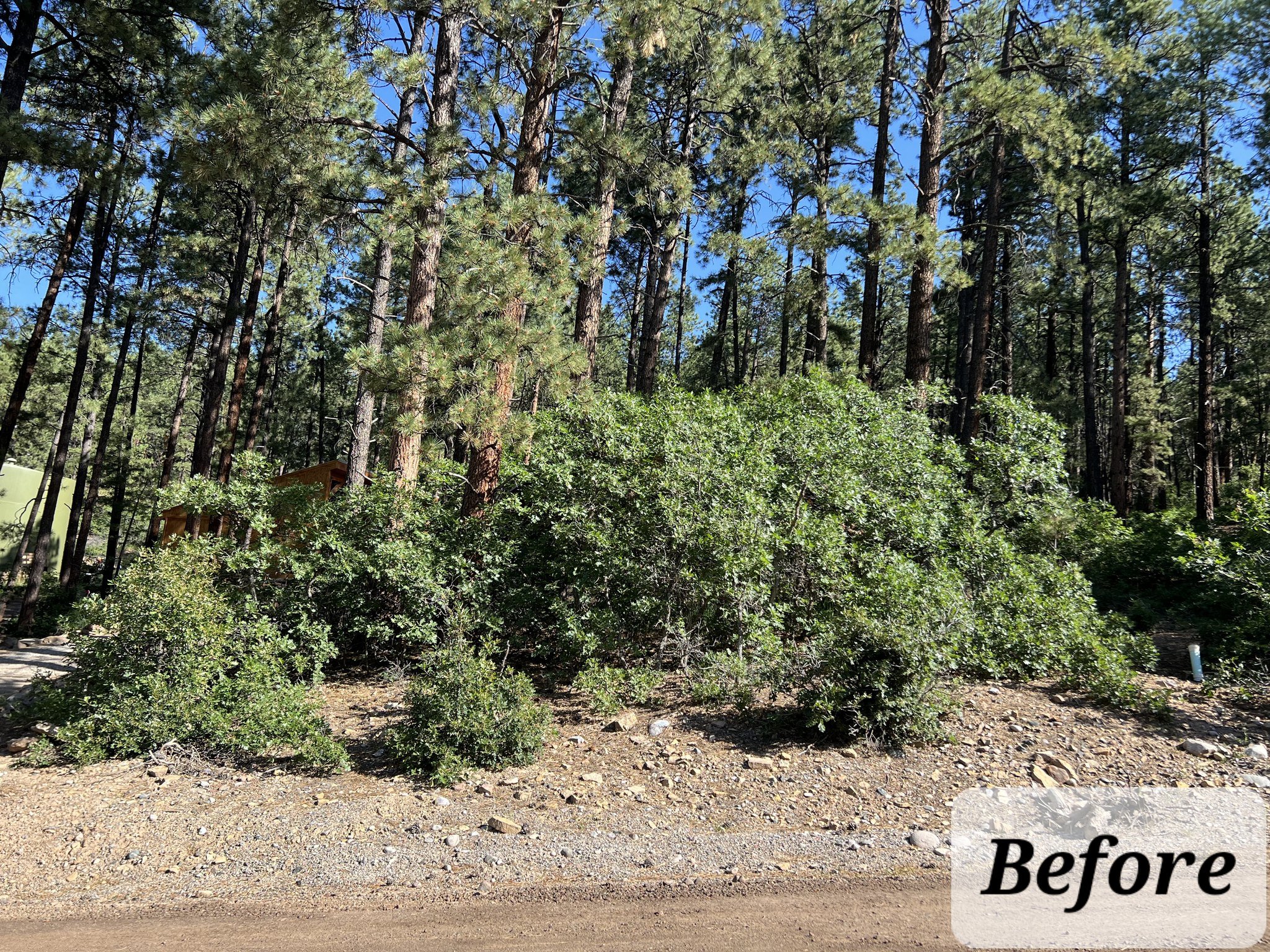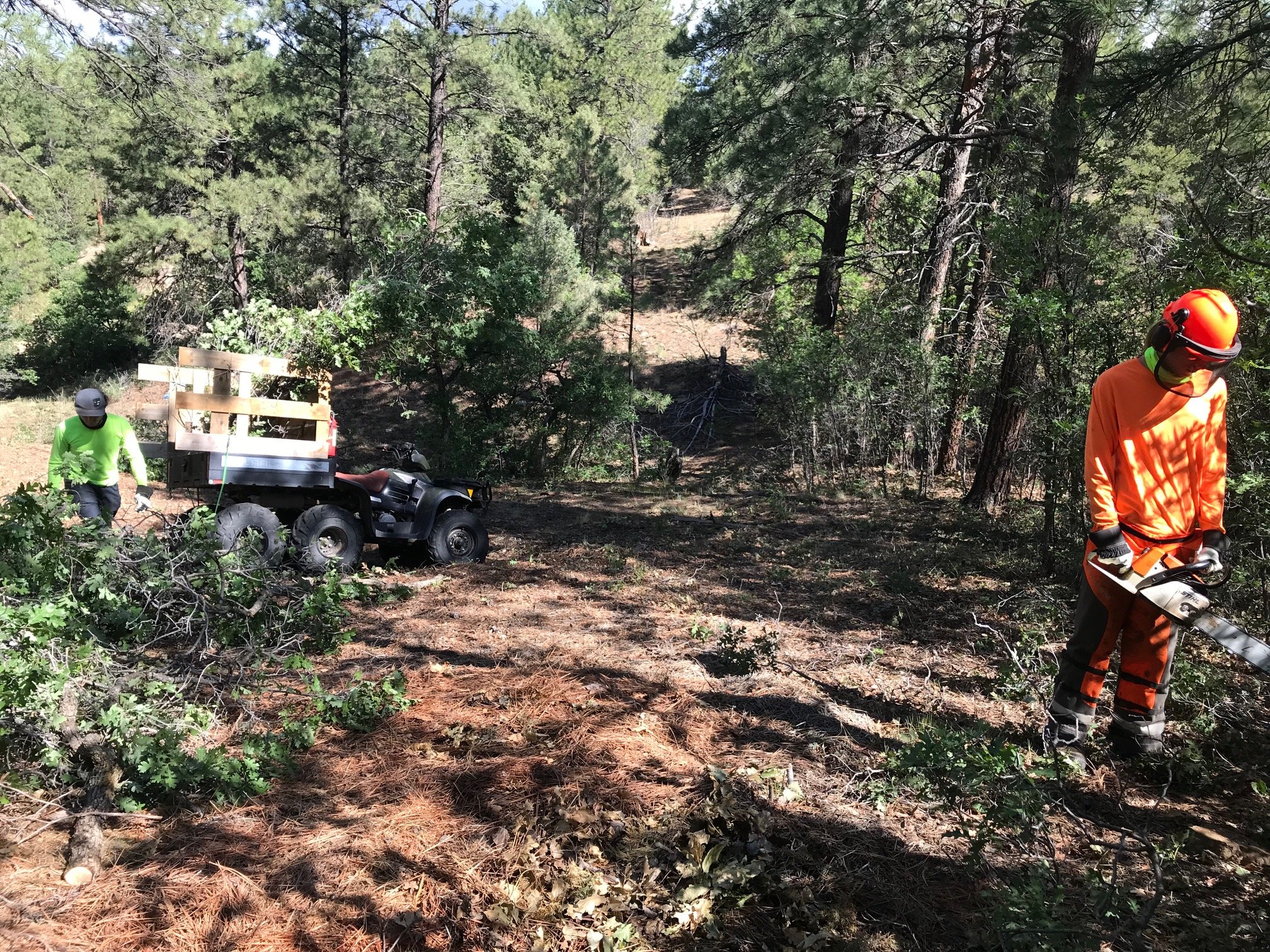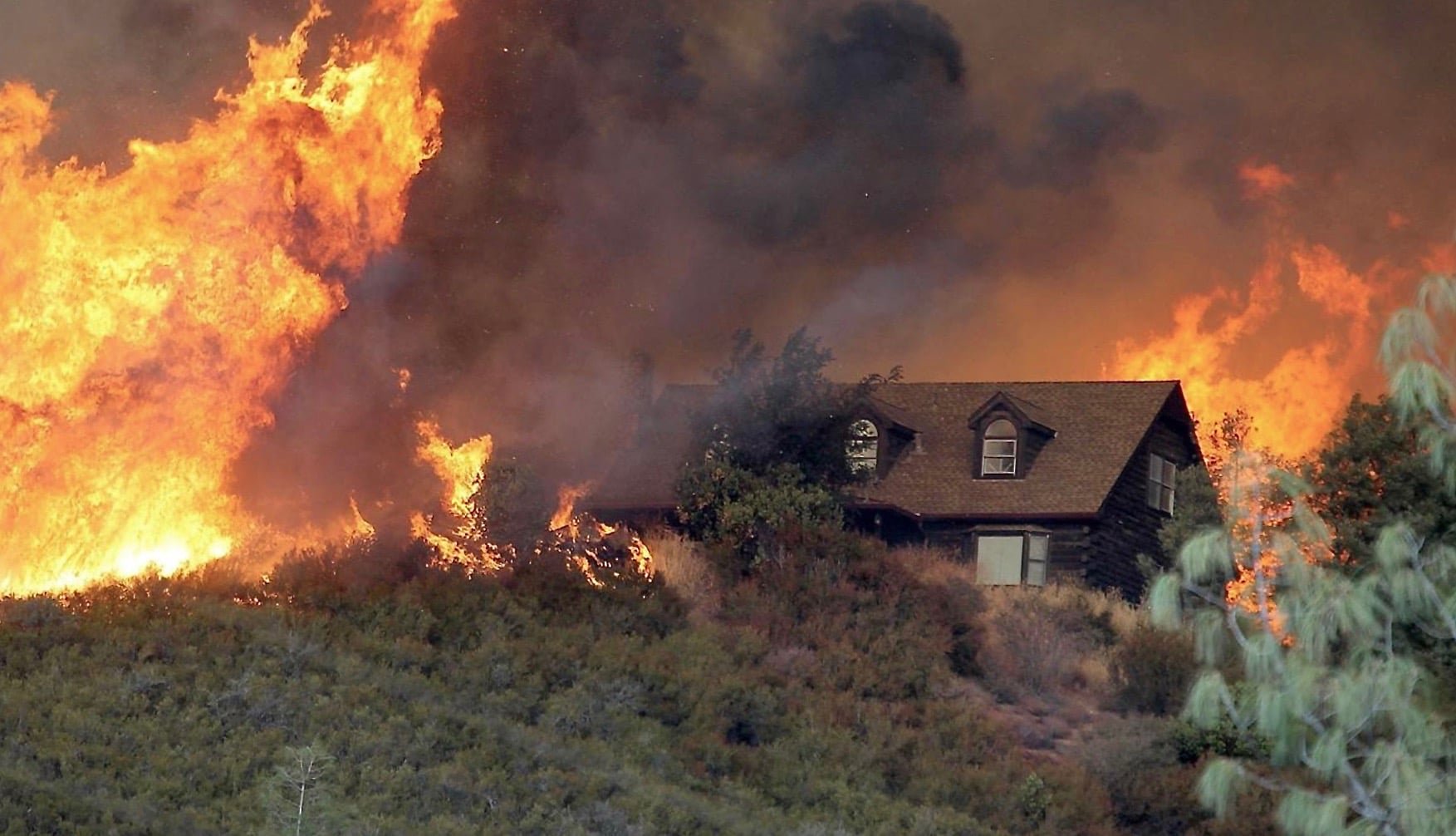
Wildfires are no longer seen as seasonal in most of Colorado as the Marshall Fire in Boulder lost over 1,000 homes between Christmas & New Years in 2021.
Colorado has witnessed the devastating impact of wildfires, with four of the state's largest wildfires occurring in the past four years. Fires in 2020 and 2021 led to the destruction of nearly 1,500 structures, causing an estimated $3.3 billion in insured losses. In addition, two people were killed in the 2021 Marshall Fire.
If you live in the Wildland-Urban Interface (W.U.I.), which 2.5 million people in Colorado do,
“it's not a matter of if, but when”
COMPREHENSIVE HOME & PROPERTY FIRE RISK ASSESSMENTS
“As a homebuyer, know if the property you’re about to buy is properly fire mitigated and insurable before committing to purchasing a home. It should be part of your due diligence as a home buyer in Southwest Colorado.”
A study commissioned by state lawmakers found that 76% of insurance carriers decreased their exposures in Colorado in 2022 because of devastating wildfires, leaving the five largest insurance companies to dominate the market.
Here's a couple recent articles in the Durango Herald that detail what's happening in the insurance industry regarding homeowners insurance in Southwest Colorado:
Durango residents at a loss as homeowners insurance becomes harder to find
Denial of coverage, higher premiums make Southwest homeownership unaffordable
The insurance companies that are still writing policies, have underwriters that are now inspecting policy holders homes & property for wildfire risk. According to Allstate Insurance, 8 out of 10 properties do not pass inspection. Insurance companies generally provide between 60 to 90 days to complete their scope-of-work to bring the property into compliance with wildfire mitigation guidelines or lose your homeowners insurance.
Our work has been approved by the largest homeowners insurance companies in the U.S.
If you’re a homeowner or looking to buy or sell a home, have us complete our proprietary Wildfire Risk Assessment of your home and property. Our inspections and reports use the same criteria as the most critical insurance underwriters. Our mitigation work has saved homeowners from losing their insurance and being forced to purchase expensive high-risk insurance. Or even worse, being forced into foreclosure as losing your insurance triggers breach of contract with your mortgage lender. In some cases, we can even challenge an underwriters assessment which can save you thousands of dollars in mitigation work.
Our Comprehensive Home & Property Fire Risk Assessment Includes:
A determination regarding if the home & property would comply with wildfire mitigation guidelines and if it could possibly pass or fail an insurance underwriters on-site inspection. We know this because…
…We use the same criteria that the most critical insurance underwriters use when performing an on-site inspection.
Our inspection covers more than just defensible space as insurance underwriters now include the home and other structures in the inspection.
We stand out in the wildfire mitigation industry because not only do we create defensible space surrounding your home, we can also perform retrofits of your home to comply with standards for high fire risk areas and demands from insurance companies.
If your home & property isn’t up to compliance with wildfire mitigation guidelines, we provide a detailed scope-of-work to bring your home & property into compliance. If it is up to compliance, you’ll receive our detailed assessment, proving it is.
If there is work to be done, we’ll provide an estimate on the cost to perform the prescribed mitigation. Mitigation Costs generally range from less than $2,000 to over $10,000. Good to know if you’re having the assessment done as pre-purchase due diligence.
We use our proprietary 58 point checklist to produce a report that’s written so you’ll understand everything from how a wildfire moves to how a structure catches on fire. And it’s drawn specifically for your property.
The cost for the Assessment starts at only $399
To Schedule a Wildfire Risk Assessment
Call 970-880-4669
Serving Southwest Colorado
Durango, Bayfield, Pagosa Springs, Hesperus, Mancos
OUR SERVICES
We use Colorado State Forest Service (C.S.F.S.), along with N.F.P.A. (Firewise USA) and I.B.H.S. (Wildfire Prepared) guidelines And the most critical Insurance Underwriters Inspection Checklists to assess and provide solutions to mitigate wildfire hazards to your home & property.
If you are under an insurance demand or a grant prescribed scope of work, we can provide a FREE estimate on the scope-of-work provided. If you are not under an insurance demand or a grant prescribed scope of work, we can create a custom plan, with your input…
…to fire mitigate your property, stay within your budget, and give you the best-bang-for-your-buck.
We’re the Wildfire Mitigation Contractor in Southwest Colorado that can address both Home Fire Hardening Retrofits and Defensible Space Forest Fuels Reduction.
We’re a C.S.F.S. listed Forestry & Mitigation Contractor. Our work has been approved by the largest homeowners insurance companies in Colorado. We have successfully completed work on all grant recipient properties and we have a 100% success rate at saving homeowners from losing their insurance once under a wildfire risk mitigation demand for your property.
Services:
Comprehensive Home & Property Fire Risk Assessments
Home retrofits that meet standards for high fire risk areas
Creation of defensible space around your home
Free consultations and estimates
Scrub oak & brush removal
Tree removal & trimming
Zone-Zero landscaping
Insurance resolutions
Chipping
Hauling
Free Consultation & Estimate For Wildfire Mitigation
(970) 880-4669
Serving Southwest Colorado
Durango, Bayfield, Pagosa Springs, Hesperus, Mancos
Before & After:
Providing the homeowner with a park like experience for their property while removing tons of forest fuels. When done right, wildfire mitigation is landscaping and beautifying a property while providing wildfire defensible space around your home and property.
Before & After:
Another extreme fire hazard on 1-acre which would not pass an insurance inspection. We removed over a dozen crowding trees and the gambel oak undergrowth.
Before & After:
Wildland fires can move in any direction. However, they generally prefer to move uphill. In total, we removed 58% of the crowding trees and 85% of the ground and ladder fuels (mostly gambel oak) on this sloped property. Bringing this property into insurance compliance.
CREATION OF DEFENSIBLE SPACE
HOME WILDFIRE HARDENING
Home wildfire hardening is the process of making your home more resistant to catching fire from embers produced in a wildfire. It’s the embers from a wildfire that predominately set homes on fire. In most cases, the retrofits to withstand ember intrusion are easier and more affordable than you may think.
Underdeck Enclosures. This is an issue most homes have and insurance underwriters catch every time. If your deck is less than 4 feet off the ground and the underdeck area is not enclosed, it offers an opening for embers to accumulate, catching the deck on fire and the attached house. The open portion underneath the deck is enclosed with either 1/8 inch or less metal mesh or completely enclosed with a noncombustible material. The before & after pictures immediately below show the enclosure with 1/8 inch metal mesh. The pictures below those show before & after with full enclosure using pre-rusted corrugated metal. What material to use (as long as it meets minimum requirements) is up to the homeowner. Both of these examples were projects we completed under an insurance demand. Saving the homeowners from losing their insurance.
Gates & Fencing. Combustible (wood) gates and fencing that attach to a home or structure have been found to be responsible for setting fire to structures. That’s why any gates or fencing that attach to the home must be made of noncombustible materials from the home going out a minimum of 8 feet away from the home. The picture on the left shows the wood fence attaching to pre-rusted corrugated meal that we installed after removing that portion of wood fence. The picture on the right shows a new metal gate and fence we installed on the other side of the house. The choice of noncombustible material we use is up to the homeowner. A lot of people seem to really like the look of pre-rusted corrugated metal. This project was also for a client under an insurance demand. Underwriters catch this every time.
Exterior Siding. The lower 6 inches of exterior siding on a dwelling must be made of a noncombustible material. This is where blown embers build up in a wildfire and catch the combustible exterior siding of a structure on fire. This is also one that underwrites catch every time. In the attached pictures you can see where we attached 8.25 inch James Hardie noncombustible fiber cement siding planks to the lower sections of the wooden exterior siding of the home and painted it to match.
These are examples of Wildfire Home Hardening violations that are flagged by Insurance Underwriters nearly every time. Just one infraction will put your homeowners insurance at risk. We provide the solutions to bring your home and property up to compliance.
SAMPLING OF OUR WORK
Defensible Space is the area outside of the homes footprint and attached structures. The property below is an example of a worst case scenario for a wildfire to spread uphill to the home. We removed ground and ladder fuels (mostly gambel oak) and limbed up every remaining tree to keep a ground fire out of the trees canopies. We also thinned trees to keep a fire from spreading to the home.
